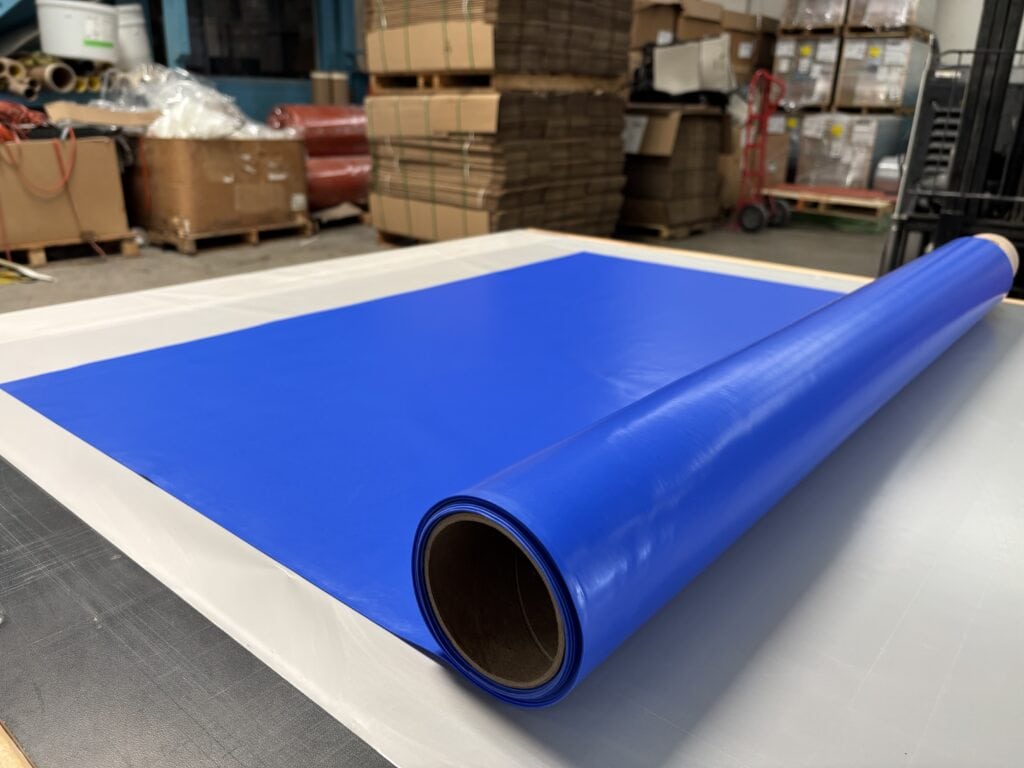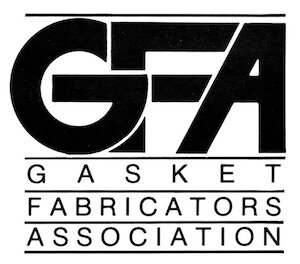The term food grade silicone does not have a single, universal definition. Rather, it depends on the specific food-contact regulations in the nation or region where the product will be sold and used.
Food Grade Silicone in the United States
In the United States, the Food and Drug Administration (FDA) regulates reusable rubber articles intended for food contact under 21 CFR 177.2600. This part of the Code of Federal Regulations (CFR) governs permitted silicone elastomers and their safe use. However, it’s important to understand that meeting the FDA rule alone may not suffice, especially in commercial settings.
Many food equipment manufacturers also require compliance with National Sanitary Foundation (NSF) standards. There are two main ones.
- NSF/ANSI 51 covers materials used in commercial food equipment
- NSF/ANSI/CAN 61 covers materials contacting potable water
Silicone parts like gaskets, tubing, seals, or components in beverage or espresso machines may need to be independently certified to those NSF standards.
NSF Certified vs. NSF Compliant
When selecting food grade silicone, food equipment manufacturers need also consider the difference between NSF certified and NSF compliant.
-
NSF certified means an independent laboratory has verified that the product meets the relevant standard, and the product bears the official NSF mark.
-
NSF compliant means the manufacturer claims to meet the standard, but without third-party verification.
Food Grade Silicone in Europe
Outside the United States, different regulatory frameworks apply. In Europe, for example, compliance is usually demonstrated via Regulation (EC) 1935/2004, GMP Regulation (EC) 2023/2026, and national rules such as Germany’s BfR). For international food equipment manufacturers, a silicone product marketed in both North America and Europe may need to satisfy U.S. FDA and NSF criteria as well as those of the European Union or individual European countries.
For help selecting food grade silicone, contact ElastaPro.



